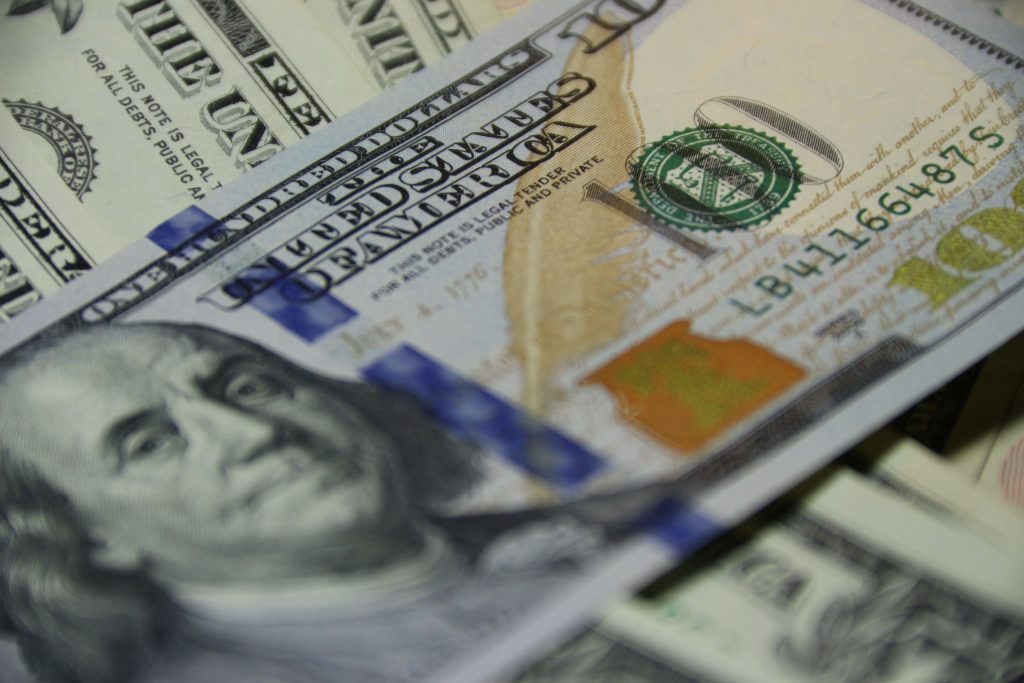As a young girl, my friends and I would talk about if we could use the printer to copy our lunch money. We’d concoct all kinds of strategies to make our counterfeit bills look legit, like crumpling each bill in our hands to make them look used. Then we’d dream about all the shopping we could do.
But that was just slumber party talk. Counterfeit bills are a real issue, and the impact they have on our society continues to grow, as technology and criminals become more sophisticated.
Due to the increase of counterfeit money, the chances you will find one in your possession is also increasing. There are multiple ways to identify if the money you hold in your hand is legit. Here are the top five.
How To Spot a Counterfeit Bill
1. Texture
The first sign of a fake bill is how it feels in your hand. The more you handle money, the more likely you’ll be able to tell the difference between a real and a fake bill just by touching it. This is because the paper used to make genuine money is made of cotton and fibers. It’s also not sold commercially.
2. Watermark
You can find watermarks on all denominations except the $1 and $5 bill printed after 1996. The watermark was introduced on the $5 bill in 1999. You’ll need to hold the money up to the light to see the watermark; it’s an image of the person featured on the bill. You should be able to see it on both the front and the back. It’s located to the right of the original portrait.
3. Serial Number
If you have two bills with the same serial number, you know you’ve encountered a fake. Every bill is printed with a unique serial number.
4. Security Ribbon
Counterfeiters often take lower denomination bills and transform it to a higher denomination. Such as turning a $5 bill into a $50 bill. To prevent this, the Treasury has added a security thread. While looking for the watermark, also look for a security ribbon. It should say the words “USA” along with the denomination of the bill. The trick is the ribbon is placed in a different location based on the denomination. So if you’ve got a $5 bill and a $50 bill with the security thread in the same spot, you’ve got a fake.
5. Color shifting Ink
The ink on a genuine bill will change colors as you tilt it back and forth. This feature is not on $5 and lower bills, however.
It is punishable by law to pass any fake bills intentionally. If you find yourself in receipt of counterfeit money, the best thing to do is call the local police.
For more fun facts about fake bills, the Secret Service publishes a Know Your Money guide. You can download it here.
Have you ever seen a counterfeit bill or fell victim to receiving payment with one? Let us know in the comments below.
Read more:
Are You Getting Scammed? How to Find Reliable Credit Repair Companies
10 Gamblers Who Beat the Casino

